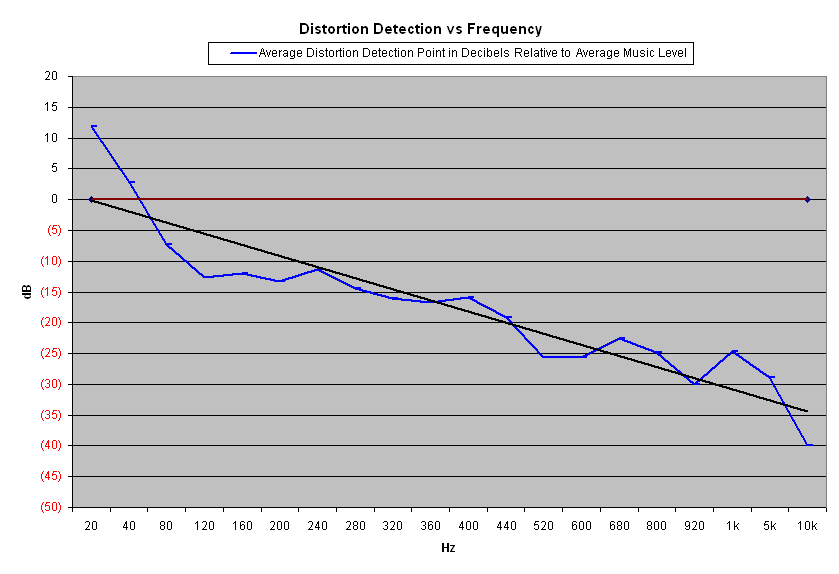Still not there yet. I mean this:
I have tried to grossly exaggerate the height differences just for illustration. After you split each brace into two fingers, those fingers should be fixed to opposite panels, not the same panel.
I must say your drawing skils are pretty goodStill not there yet. I mean this:
View attachment 49148
I have tried to grossly exaggerate the height differences just for illustration. After you split each brace into two fingers, those fingers should be fixed to opposite panels, not the same panel.

This is the latest concept design. Based on feedback received from Mr. GedLee himself.
This thread is simultaneous with the CLD thread on diyaudio.com
View attachment 50381View attachment 50382
https://www.sciencedirect.com/topics/engineering/butyl-rubberBtw, I have little that proves it is effective, but have been using windshield adhesive to dampen crossovers and port tubes. It comes in a thick ribbon. 30 feet is about $20. It is essentially butyl rubber and is readily available. Would be interested if it is suitable as CLD?
Sorry, missed this one.This appears to move back towards your original post. Gathering the CLD is the darker shading? Does this mean some of the cabinet walls are CLD too? If so, it appears much thicker than in the previous “sandwich”.
My dream design is small tower and the current design has window braces. Seen anything that suggests how often this dampener might need to occur in a larger cabinet?
Btw, I have little that proves it is effective, but have been using windshield adhesive to dampen crossovers and port tubes. It comes in a thick ribbon. 30 feet is about $20. It is essentially butyl rubber and is readily available. Would be interested if it is suitable as CLD?
Sorry, missed this one.
The thing is that the damping material should be viscoelastic. Soms forms of rubber are elastic but not viscoelastic.
A source, that will explain it better than me:
https://www.sorbothane.com/the-difference-between-elastic-materials-and-viscoelastic-materials.aspx
As I was hunting around on the sad demise of Philharmonic Audio, I found they referenced a cabinet maker: https://www.speakerhardware.com/
Anybody have experience with them?
Well I created a damping brace for my subwooofer (pics forthcoming) using the butyl rubber windshield sealant and liquid nails. Need to install and run some tests. One part of the brace was only connected via the sealant and had to add screws to keep it in place. The sealant sticks well to non-porous materials; not so well to MDF.

